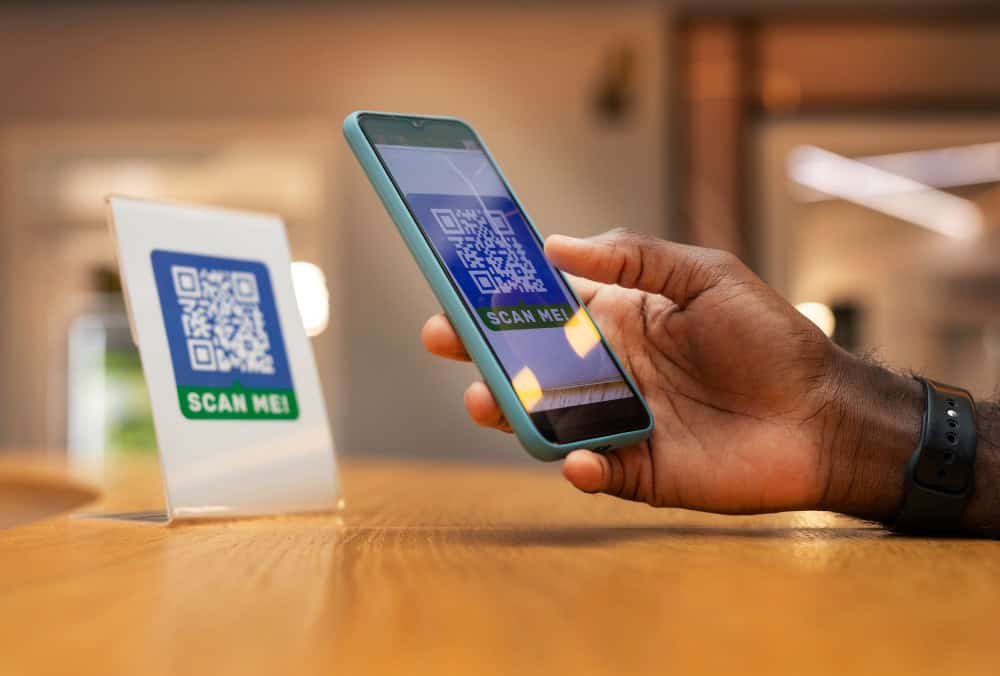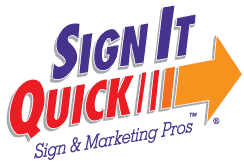QR Codes on Signs: Merging Innovation with Custom Sign Design

In a fast-paced digital world, businesses are constantly looking for ways to merge offline and online experiences. One of the most effective tools to bridge this gap is the use of QR codes on signs. Whether you’re promoting a product, offering directions, or encouraging engagement, QR codes make it easy for potential customers to interact with your brand on the spot. When paired with custom signs, these codes can supercharge your marketing efforts with minimal effort.
What Are QR Codes?
QR codes—short for Quick Response codes—are two-dimensional barcodes that can be scanned using a smartphone camera. Once scanned, they direct users to a digital destination such as a website, contact form, menu, video, or even a downloadable app. Their convenience and flexibility make them a powerful tool for businesses that want to connect instantly with customers.
Why QR Codes Belong on Custom Signs
Signs have always been a cornerstone of physical marketing. From storefronts and banners to event booths and directional signs, they grab attention and communicate key information. By integrating QR codes into your custom signs, you add a new layer of interaction.
Here’s why it matters:
Seamless Information Access
People want instant answers. A QR code can direct them to whatever information they need—without asking them to remember a URL or search manually. This can be especially useful for:
-
Restaurants displaying QR codes on window signs that link to digital menus.
-
Realtors adding QR codes to yard signs that lead to property listings.
-
Event organizers using directional signs with QR codes for schedule details or maps.
Boosts Engagement
Traditional signage is static. With a QR code, your sign becomes dynamic. It can link to a limited-time offer, a social media contest, or a video introduction from your CEO. People are more likely to engage when they know there’s something valuable just one scan away.
Trackable Analytics
Unlike standard signs, QR codes allow for tracking. When you generate a QR code using a service that provides analytics, you can see how many people scanned it, when, and where. This data helps refine your marketing strategies and ROI analysis.
Space-Saving Communication
Sometimes you don’t have room on a sign for all the information you want to share. A QR code lets you keep the design clean and uncluttered while still providing access to detailed content.
Cost-Effective Marketing
Adding a QR code to a custom sign costs very little but can multiply the value of that sign by adding interactivity. It’s a smart, budget-friendly way to extend the reach of your physical marketing.
Best Practices for Using QR Codes on Custom Signs
To get the most out of QR codes, you need to use them wisely. Here are some tips to ensure effectiveness:
Make It Visible and Accessible
Ensure your QR code is large enough to scan easily and placed at a comfortable height for users. It should stand out visually without overpowering the rest of the sign.
Include a Call to Action
Don’t just put a QR code and hope for the best. Use clear language like “Scan to Learn More,” “Get 10% Off,” or “View Our Full Menu.” This tells users what to expect and why they should scan.
Test Before Printing
Always test your QR code on various devices before finalizing your sign. Make sure it directs to the correct page, loads quickly, and works under real-world conditions (lighting, angles, etc.).
Design with Branding in Mind
Your custom sign should reflect your brand’s aesthetic—colors, fonts, logos—and the QR code can be customized to match. Some services allow you to add your logo to the center of the code or change its color scheme to better fit your brand.
Keep the Destination Mobile-Friendly
Since QR codes are scanned with phones, the linked content should be optimized for mobile viewing. If users land on a page that’s difficult to navigate on their phones, they’re unlikely to stick around.
Ideal Use Cases for QR Codes on Custom Signs
QR codes are versatile and work well across various industries:
-
Retail Stores: Add QR codes to window displays for after-hours browsing.
-
Trade Shows: Connect attendees to digital brochures or demo videos.
-
Healthcare Facilities: Provide links to patient portals, check-in forms, or informational videos.
-
Gyms and Studios: Let passersby scan for class schedules or free trial sign-ups.
-
Construction Sites: Link to safety guidelines or company portfolios.
QR Codes: The Future of Interactive Signage
The use of QR codes surged during the pandemic, and their popularity hasn’t waned. Consumers have grown comfortable using them, and businesses are finding ever more creative ways to implement them. By pairing QR technology with custom signs, you’re not only keeping up with trends but setting your brand apart as one that values innovation and accessibility.
Whether you’re designing a new storefront sign or refreshing your event materials, consider how a QR code can make your signage work harder for you.
Ready to Create Custom Signs That Connect?
Let us help you design custom signs with integrated QR codes that grab attention and drive results. Whether you need indoor signage, outdoor displays, or event-specific materials, we’ll make sure your signs are both beautiful and functional.
Request a Quote Now and let’s bring your interactive signage to life
Three Locations to Serve You
Charleston, SC
(843) 552-2626
Columbia, SC
(803) 731-2001
Jacksonville, FL
(904) 724-4321



0 Comments